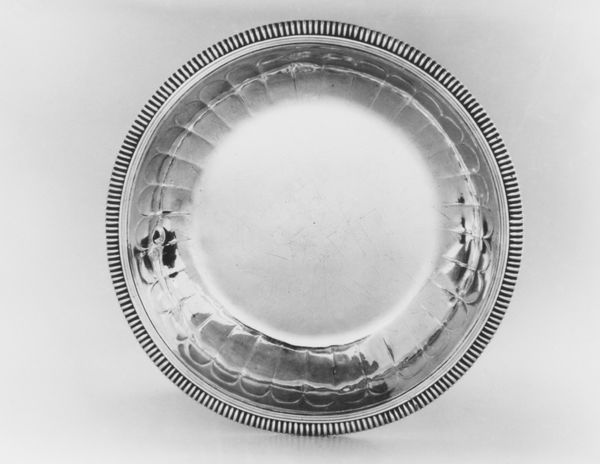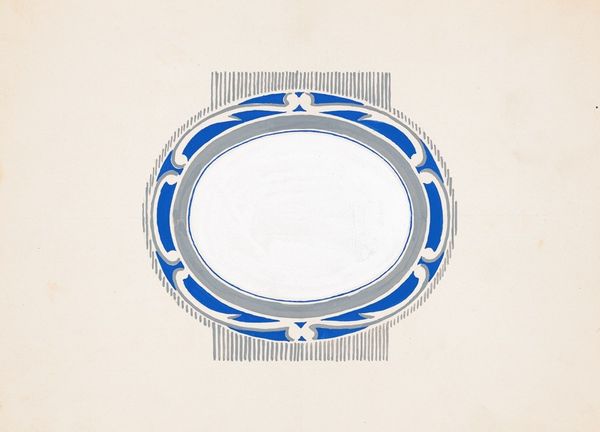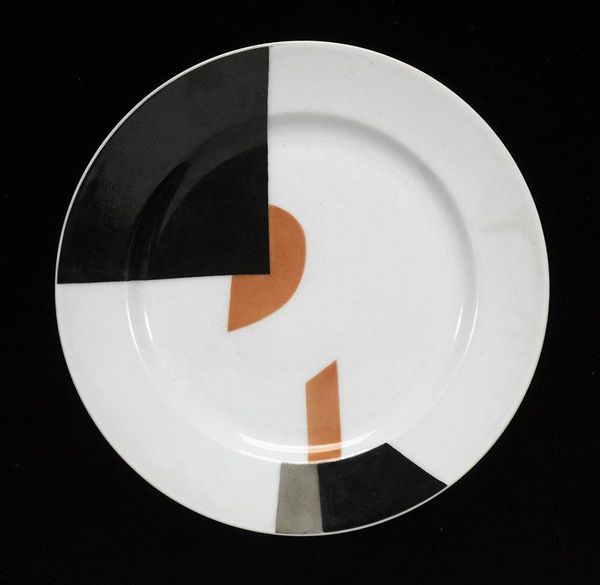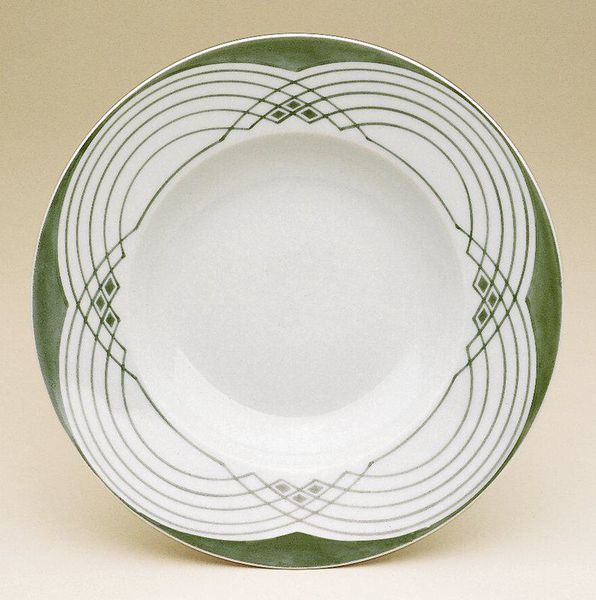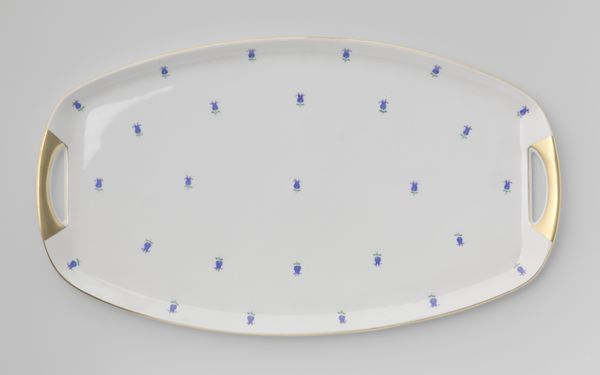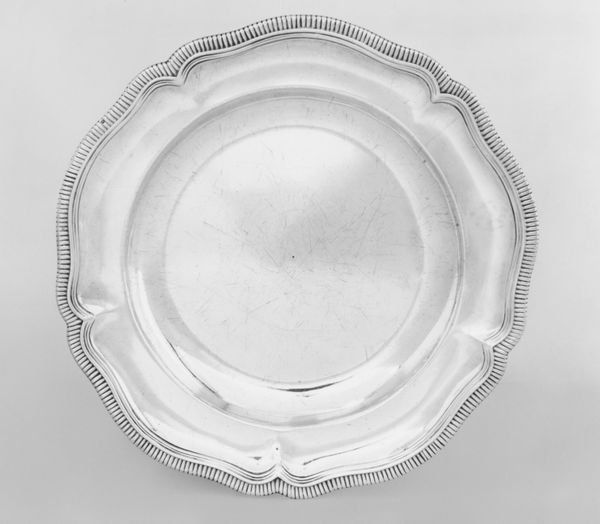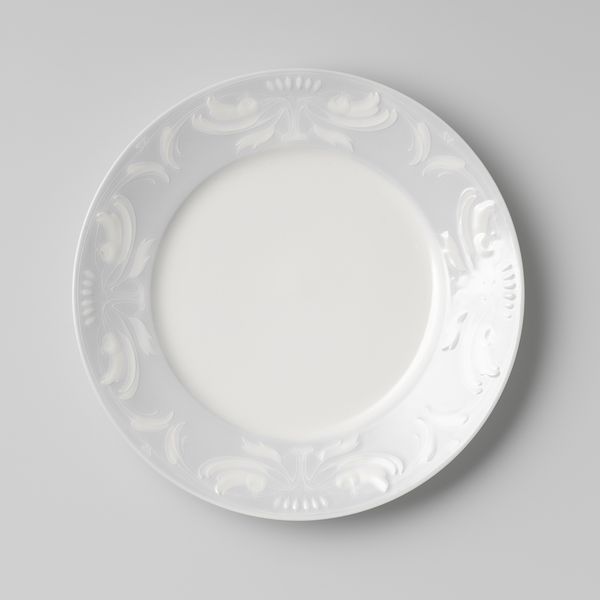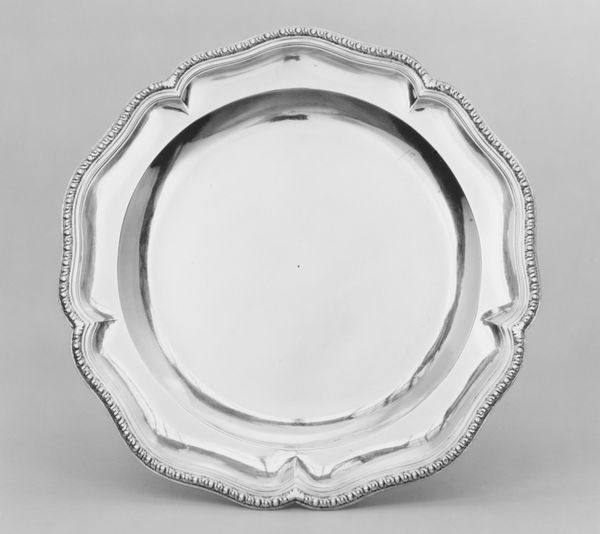
photography
#
conceptual-art
#
photography
#
ceramic
Copyright: Lothar Baumgarten,Fair Use
Curator: This is "Origin of Table Manners," a photograph by Lothar Baumgarten, created in 1971. I'm struck by the simplicity and starkness. What’s your first reaction? Editor: Immediately, it feels… fragile. Delicate, even. All that white porcelain and linen punctuated by these plumes. It's oddly formal, almost ceremonial, but at the same time, quite absurd. Curator: Absurd is a good word for it. The artist is making a comment on… well, exactly that, the rituals around dining, civilization versus nature. Aren’t table manners themselves a sort of… performance? Editor: Exactly! It's forcing a conversation, isn’t it? Those meticulously placed feathers—ostensibly Native American—next to such Western ideals of civility. There's a clear visual power dynamic, with the plates as a symbol of Western dining culture perhaps subjugating nature through colonization. Curator: Yes, he lived among the Yanomani people in South America for an extended period. That immersive experience profoundly influenced his later work, particularly his exploration of cultural boundaries and representational power. The origin of manners isn’t just refinement; it’s imposition. Editor: It makes you think about what is truly "civilized," right? Is it the enforced rituals or the respect for other cultures, even for other species? The dispossession of land, resources—are all wrapped up in this carefully constructed scene. I’m fascinated by the colors and how they pop so boldly, aren’t the feathers’ colors really appealing? Curator: He did a wonderful job using color to draw your attention to that specific element. I'm curious how he would feel about our discussion right now. Editor: Well, ideally, provoked. He definitely gave me food for thought. I can’t just look at table manners the same way anymore! Curator: True, there is some complexity when reflecting on how such rituals come into being.
Comments
No comments
Be the first to comment and join the conversation on the ultimate creative platform.
